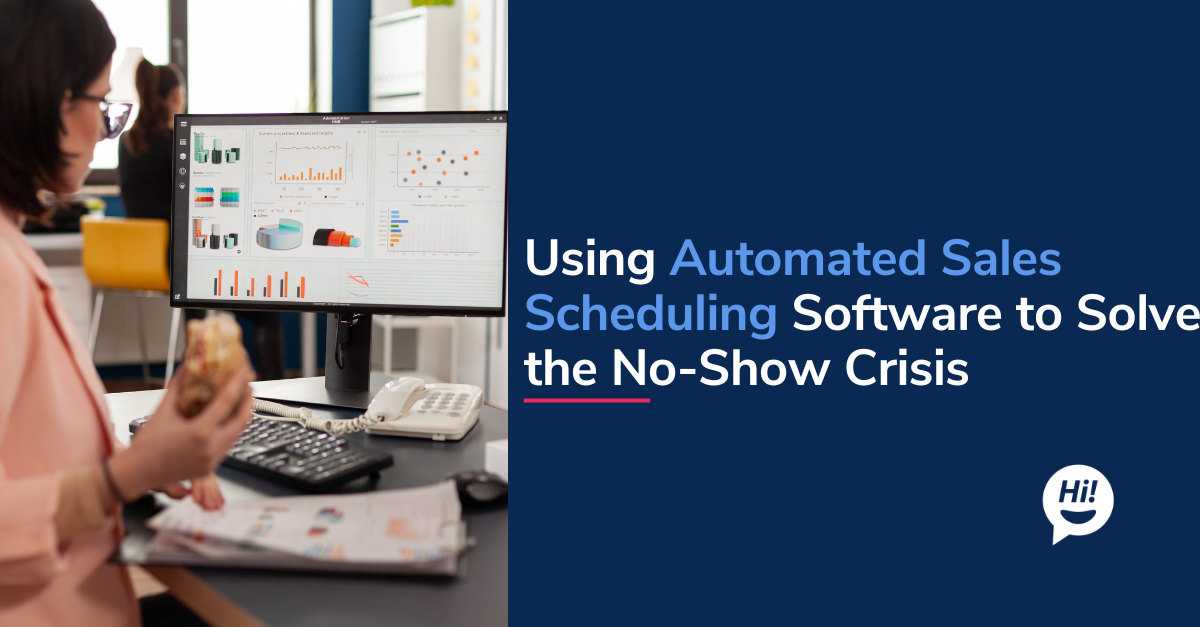Managing data in today's data-centric world is challenging due to high volume and data fragmentation across business divisions and units. As if keeping up with all that wasn't challenging enough, you have to manage constantly changing data. Since data volumes, velocity, diversity, and veracity continue to increase, data management has become a daunting task. As a result, poor data management leads to inconsistencies, data silos, and poor visibility costing businesses money and customers.
Statistics show that U.S. businesses lose more than 600 billion dollars a year from problems with data quality. As a result of the increased volatility and volume of data, data management solutions like Master Data Management (MDM) are more critical than ever. So, what is Master Data Management, and why would a business need it? Let's figure it out.
What Is Master Data?
Master data is data about the core business entities that describe the context of your business. This generally falls into four data domain groupings: customers, products, locations, and things. It answers questions like who, what, and where in business transactions.
For example, Mr. A bought Product C at Store X on November 9th, 2022 costing $100. In this transaction, Mr. A, the buyer, Product C, and Store X are master data, the core entities without which the transaction would not have occurred.
As you can see, master data forms are one of an enterprise's most vital data assets. They can also be referred to as a golden record of information or the best source of truth.
What Is Master Data Management?
Master Data Management is the primary process for managing, centralizing, organizing, categorizing, localizing, synchronizing, and enriching master data under your company's sales, marketing, and operational strategies. MDM's goal is to develop a trustworthy golden record for everyone who needs access to the data to have easy and consistent access to the same accurate information.
You can think of an MDM as study notes for an exam. You would use numerous information sources as a reference, filter it, and only write down the most crucial information for the exam. By doing so, you can quickly access or cross-reference the information when needed. MDM works similarly.
MDM gathers, updates, and synchronizes data in a single location so that all organizational departments can access the most recent and accurate data.

Why Is Master Data Management Important?
Customer Experience
Master Data Management (MDM) gives you a 360-degree view of your customers and eliminates data and process silos, allowing you to create a more personalized customer experience.
Let's elaborate with an example: Mr. A got a call from XYZ bank to purchase a credit card he already owned. Now, this is awkward, right? The primary cause behind this is the lack of proper MDM. The marketing team presumably didn't know that Mr. A was already a client and not a lead, but the customer care team surely knew. With MDM, all departments would have access to unified and updated data, which would have prevented this awkward situation.
Merger and Acquisition
Any business undergoing a merger or acquisition will encounter mountains of data that must be handled, kept, and integrated to enable operational effectiveness after the merger. It's a challenging process, but MDM helps the organization eliminate data redundancies and duplicates to provide quick access to enriched, reliable, and consistent data.
For example, XYZ bank merged with ABC bank, and now there are high chances of data duplication since the customers could have accounts in both banks. MDM can help them identify those accounts so that they can inform the customers to take further action with it.
Government and Compliance
With such a large volume of fragmented data, it is difficult for businesses to regulate and protect the data from meeting legal obligations such as the General Data Protection Regulation (GDPR) and Know Your Customer (KYC). MDM generates a unified database that is centralized, correct, and up-to-date. This allows regulatory and audit teams to readily collect compliance-related data, assess the extent of compliance, and generate compliance reports.
Operational Efficiency
With MDM, data formerly spread across several inaccessible systems may be consolidated into a single, easily accessible database. It allows you to reduce human-prone data errors, automate the process, and regulate the data so that accurate, up-to-date, and synchronized data is available to increase operational efficiency.
Conclusion
Master Data Management (MDM) is a centralized solution to ensure that all of an organization's data is correct, comprehensive, and consistent across all systems and applications. This is accomplished by reducing or removing any instances of duplicate or conflicting information and any remaining data silos or other barriers to sharing information. Additionally, it helps you develop an enhanced understanding of your customers, allowing you to get to know them better. With MDM, you can establish a trustworthy weave of your customer data by eliminating fragmentation among your business divisions. Thus, Master Data Management boosts business output, efficiency, and profitability. As a result, customer satisfaction increases, partner and supplier connections become more robust, and decision-making improves.
To learn more about Botsplash click the button below to schedule a demo with our team.






